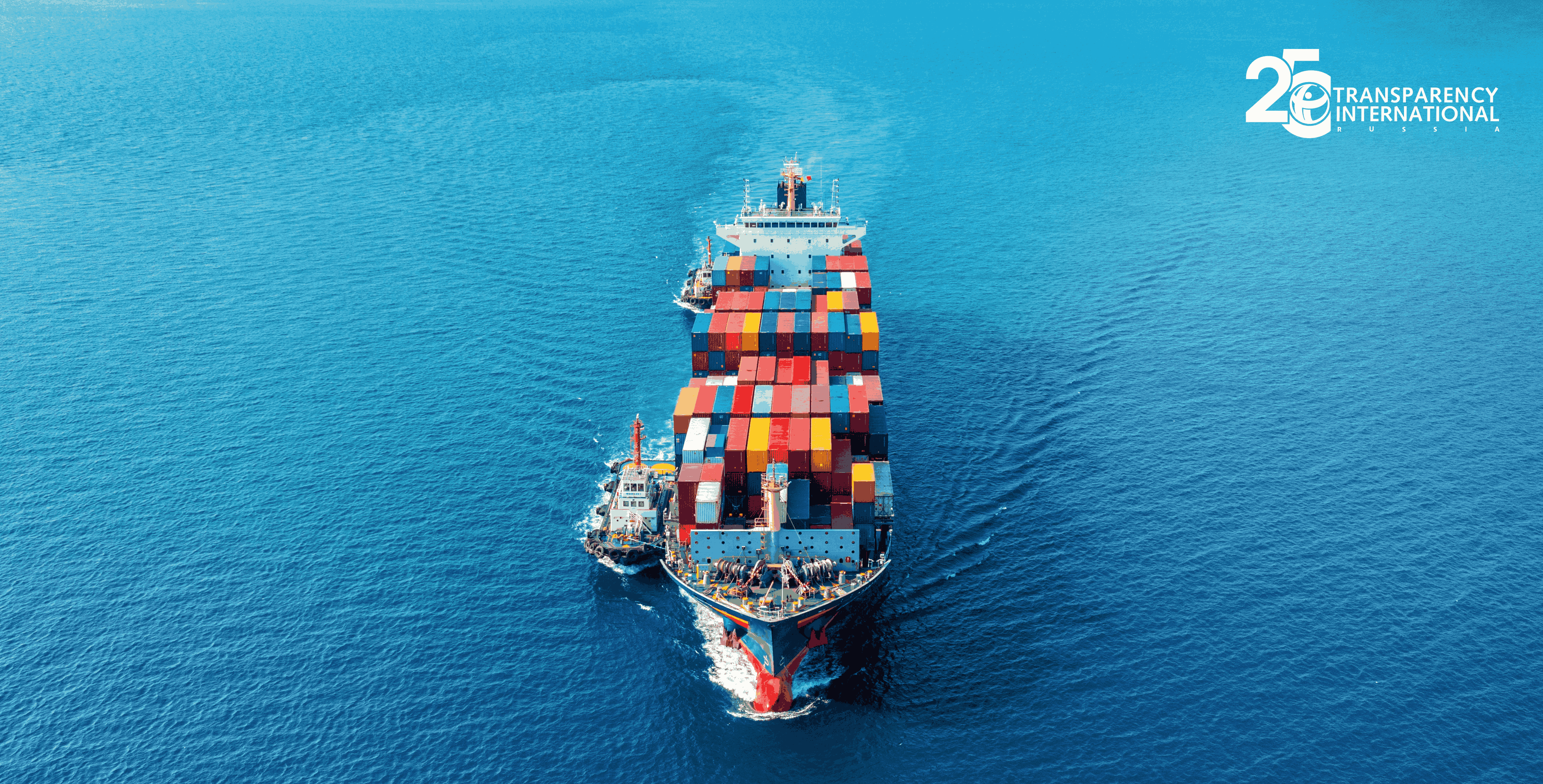Since the end of 2022, the UK has run a trade surplus with the Russian Federation for the first time in decades, meaning that the UK sends more goods to Russia than it receives. This is due to a significant drop in foreign trade transactions following the start of Russia’s full-scale invasion of Ukraine in February 2022 and primarily due to a reduction in energy and jewellery shipments to the UK.
However, does this leave room for illicit transactions and dirty money laundering through pre-2022 trade between Russia and the UK? To answer this question, experts from Transparency International Russia (in exile) analysed data from statistics and available customs declarations over the last two years.
Our analysis is based on the work of FATF, GFI, and other organisations specialising in identifying red flags and risks associated with money laundering and suspicious trade transactions.
Our analysis of the data has revealed a concerning trend. Firms based in London and Edinburgh, registered through intermediaries previously involved in money laundering schemes, are still being used to trade with Russia.
In addition, firms registered in the UK Overseas Territories remain a hub for energy purchases from Russia and shipments of potential dual-use and luxury goods to Russia.
While the space for economic relations with Russia is becoming increasingly limited, the set of intermediaries on the UK side willing to take on the risks of conducting illicit trade transactions is also shrinking. This limited set of firms could, after the start of 2022, in our view, move to one-stop-shop operations — helping to launder money through trade and engaging in dual-use goods and smuggling while at the same time conducting normal legitimate economic activity.

